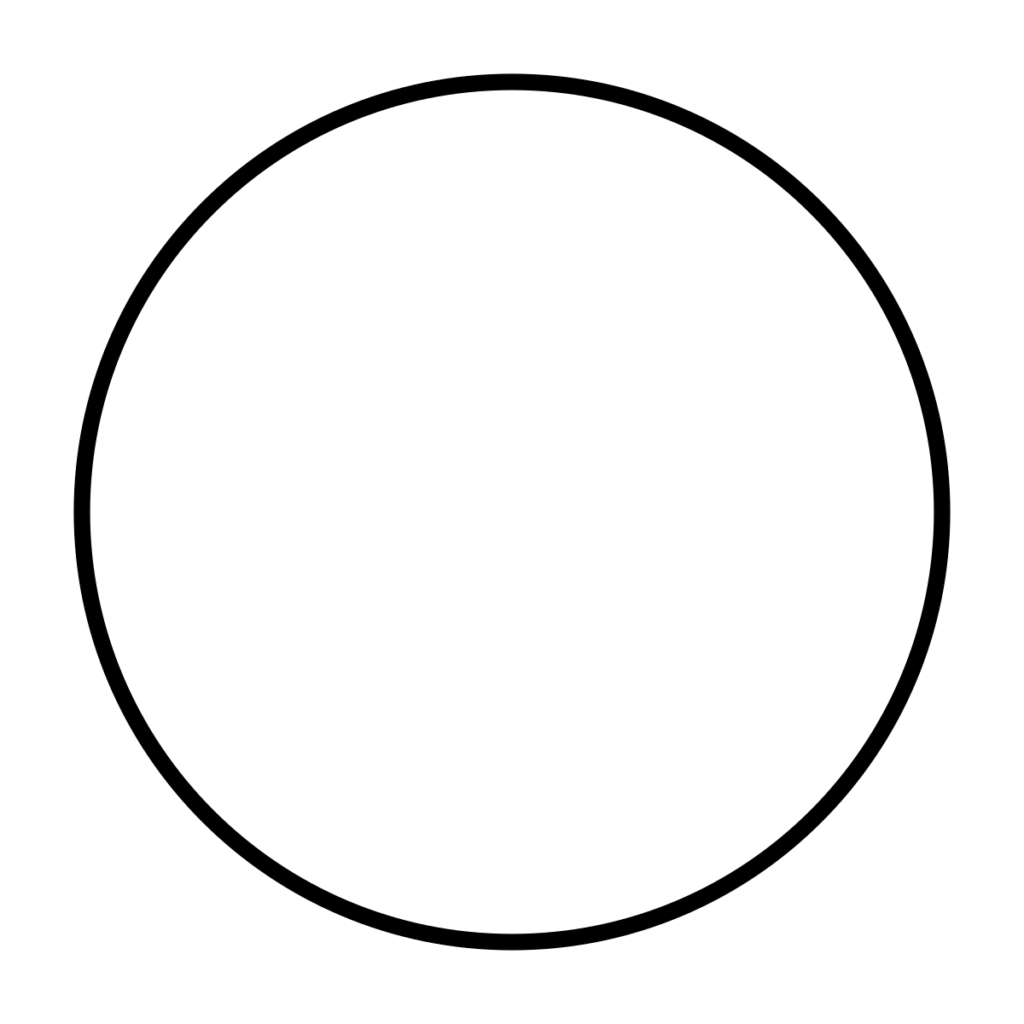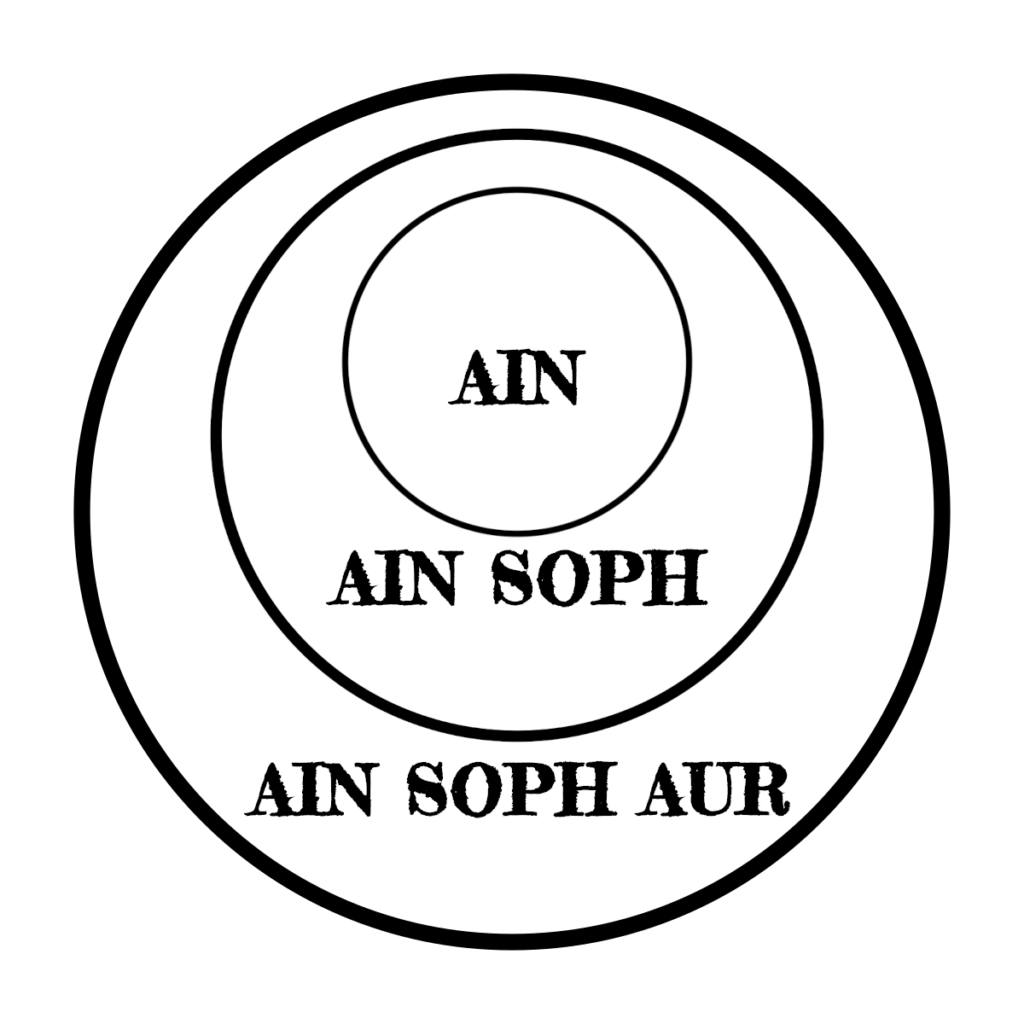To clarify, the philosophy that spawned this work was an interest in the eastern concept of the void. Munen Muso was the name I originally borrowed from zen Buddhism via ninjutsu for the work when it was still in its embryonic state. The closest translation of Munen Muso to the western mindset is “no desire and no thought”, but that isn’t quite there. This was paired with Mushin no Shin, which roughly translates to “mind of no mind”.
The difficulty comes as in the west we see philosophy as a practice within the mentality- something to think on and cogitate like a Platonic scholar. Within the Japanese culture I was studying at the time, philosophy was more a state of being than a state of mind. It is in the letting go of the busy prejudicial mind via these states that one got closer to the void.

The symbol the Japanese use for this void is the circle. Take note that it is a circle described by a single line; it is not a ‘disc’ or ‘hole’.
The circle can easily be misinterpreted as a zero, and the ‘nothing’ as conceptualised culturally (at least here in the west). When we conceptualise this circle as the outer edge of all that is its meaning far more profound. Contained within it is all possibility, not constrained by time, place or shape.
The void then represents no one thing, in no one place, and at no one time. It is simultaneously nothing and everything, nowhere and everywhere, no when and every when. It is the paradox within which everything finds form. Creation contains itself.
As mentioned in an earlier piece, at this point in my journey I was unfamiliar with The Fool, even in the context of the tarot. I was aware of the Jester’s real life historical role, and I was also interested in the spiritual significance of the innocent questor, such as Wolfram von Eschenbach’s Parsifal and the Arthurian Grail Romances that followed (though like most people I came at them from the opposite direction). These informed my personal philosophy of life in their own way, but it wasn’t until a meeting or three with Abu that all of these concepts segued into one another.
Meeting Abu this all came up, and he introduced me to the notion of The Fool in esoteric terms. Not just the medieval jester, or as the innocent pursuing his own spiritual grail, but the Fool as a potentially divine entity, whose whole existence is an emanation of cosmic essence.

Crowley was probably the one who introduced the Qaballistic understanding of Creation within the symbology of The Fool to the mainstream, and even then it was largely posthumously. The Fool card in his Thoth tarot clearly depicts the three rings of the Ain, Ain Soph and Ain Soph Aur. These will be extrapolated in a more appropriate place because they have a number of profound meanings, but within this writing they can be married to the void concept of no one thing in no one place in no one time.
Very few esotericists came to this understanding.
As an archetype it is largely ignored by most students of the tarot and esoterica in general. Their Fool card generally represents the querent starting out on the journey and quest of life, but more often than not in a pedestrian way. It hints at the innocence of Parzival looking for answers, but often that’s where it starts and stops, and its use in many a reading rarely climbs beyond this superficial view. Tarot books and websites will pick up on the Fool symbolising infinite possibility and potential, but will use phrases like “has yet to find his personality” or “life yet to be shaped” suggesting The Fool as something to move away from or put upon.
The work of Abu’s Fool’s Taro and this work The Fools’ Journey contends an opposite direction of travel. Here the goal is to strip away the cultural personalities, id entities and roles of life and begin the works of realignment. Once the person has divested themselves of those external things that constrain their core into an unnatural form, it can begin to take the shape it was supposed to have.

